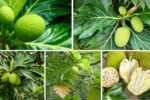If you’re craving to give your garden an exotic, tropical vibe, Brazilian wood plants are an incredible way to do it. These lush, beautiful trees and shrubs aren’t just native to the rainforests of Brazil they also bring rich textures, vibrant colors, and unusual forms that instantly elevate any outdoor space. Many of these plants are prized for their striking foliage, bold flowers, and unique wood grains. Let’s discover 10 Brazilian wood plants that can turn your garden into a lush, exotic paradise.
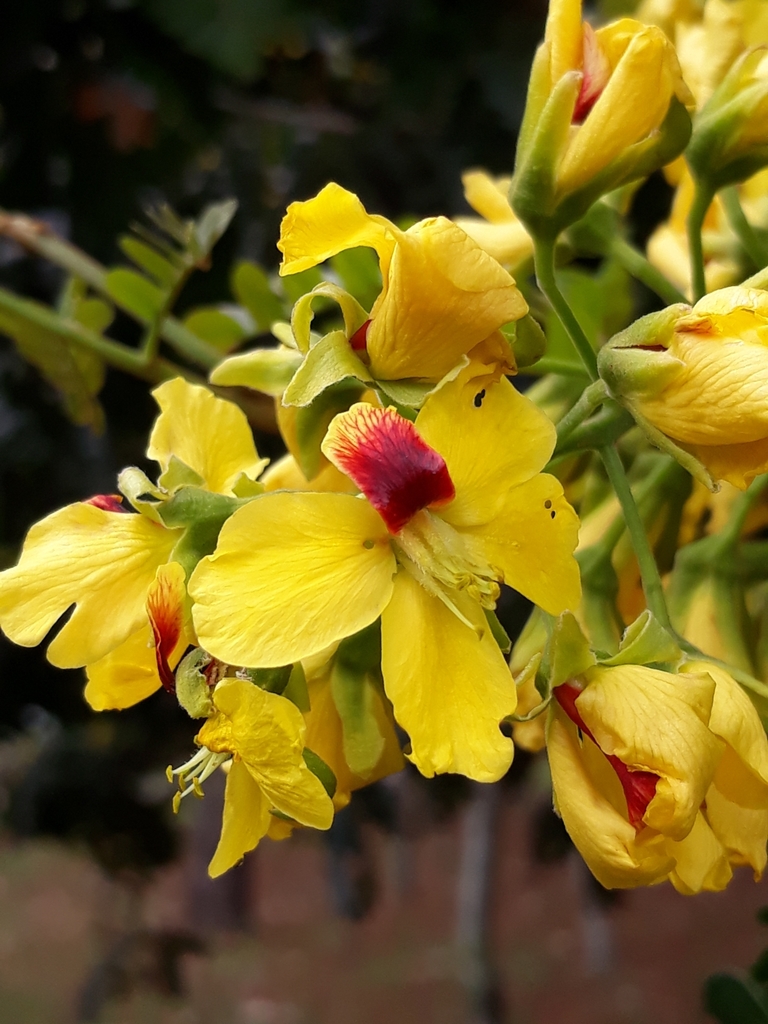
1. Pau-Brasil (Caesalpinia echinata)
Known as Brazilwood, Pau-Brasil is the country’s national tree and holds historic significance. Its rich, reddish wood was once used for dye and fine crafts. Today, it’s admired for its ornamental value. The tree produces delicate yellow flowers with a reddish center, creating a lovely contrast against its dark green foliage. Growing up to 40 feet tall, it thrives in tropical and subtropical climates. Ideal for spacious gardens, it adds height, history, and a splash of native Brazilian charm to any landscape.
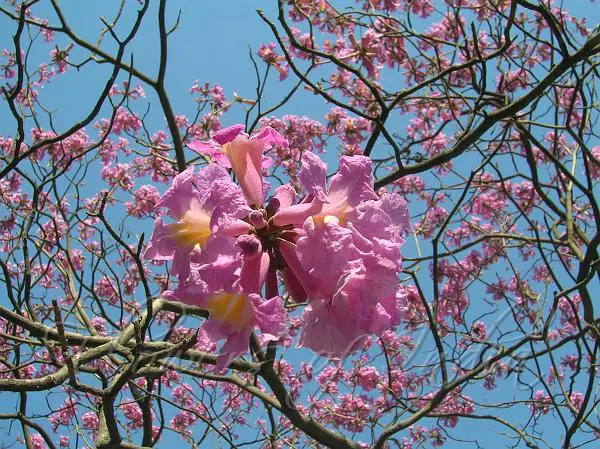
2. Ipe (Handroanthus impetiginosus)
The Ipe tree, famous for its durable hardwood, is a showstopper when it blooms. Covered in trumpet-shaped pink or purple flowers, it turns streets and gardens into vibrant canvases in late winter and early spring. Ipe’s wood is also prized for decking and outdoor furniture due to its resistance to decay. This tree grows up to 30-50 feet tall and thrives in warm, sunny areas. It’s perfect for creating shade while offering an enchanting floral display once a year.
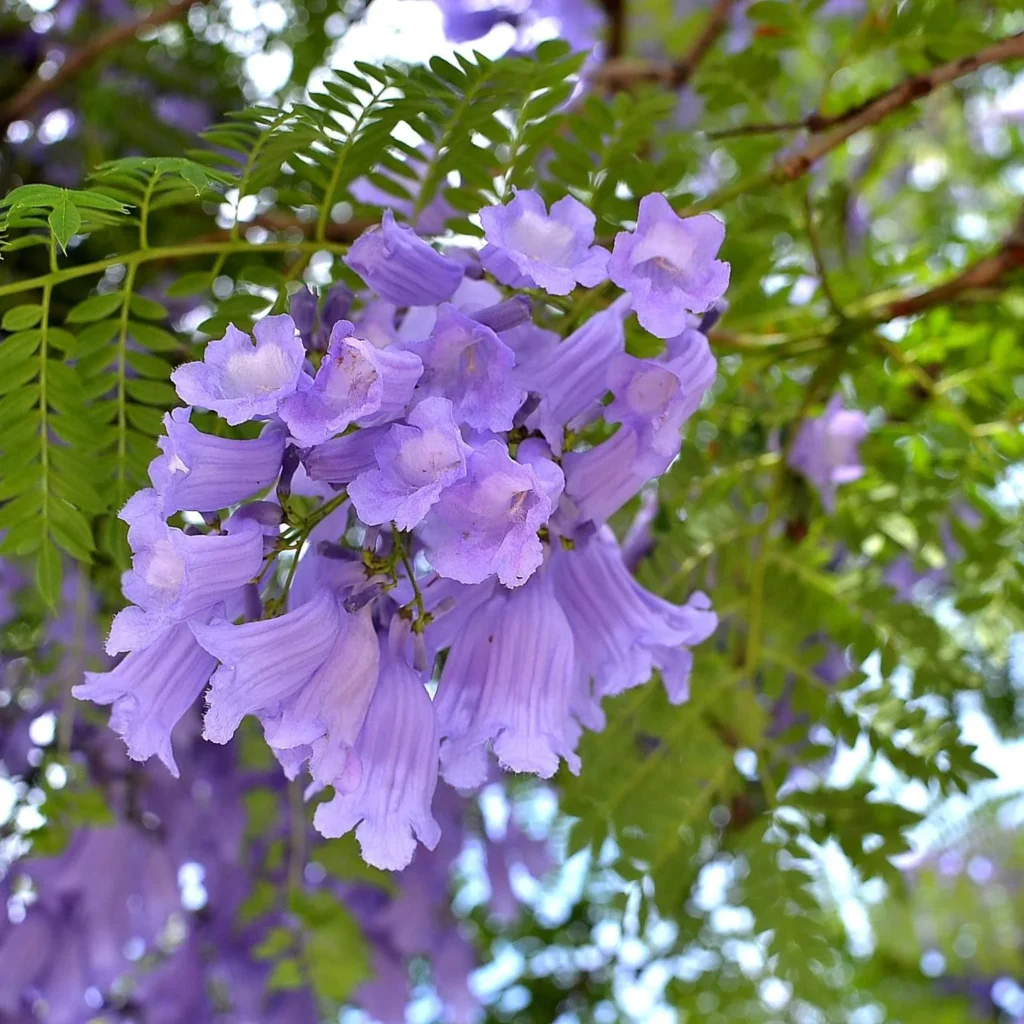
3. Jacaranda (Jacaranda mimosifolia)
The iconic Jacaranda tree is a favorite for its breathtaking lavender-blue blooms that blanket the branches in spring and early summer. Native to Brazil, this tree can reach heights of 25-50 feet and forms an elegant canopy with its fern-like leaves. The wood, although lightweight, is sometimes used for carving and crafts. Jacarandas prefer well-draining soil and plenty of sun. Their stunning flowers and graceful foliage make them ideal for creating a dramatic focal point in exotic-themed gardens.

4. Pau Santo (Kielmeyera coriacea)
Pau Santo, also known as Holy Wood, is a lesser-known Brazilian tree that adds unique appeal to exotic gardens. This evergreen species boasts leathery green leaves and charming pink to white flowers with bright yellow centers. Growing up to 25-30 feet, it thrives in sunny spots with well-drained soil. The wood is traditionally used in Brazil for medicinal and aromatic purposes. Its dense foliage and year-round greenery make it a valuable ornamental tree, perfect for adding texture and color diversity.
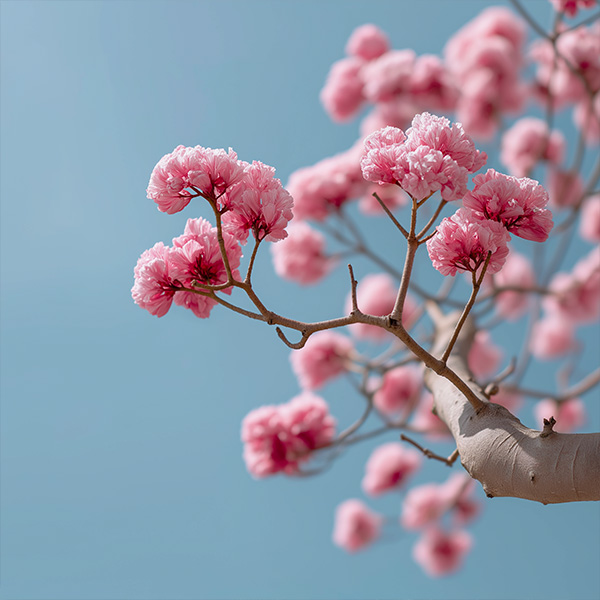
5. Pau D’Arco (Handroanthus serratifolius)
A close cousin to Ipe, Pau D’Arco features brilliant yellow, trumpet-shaped flowers that appear in clusters before the leaves regrow, offering a striking display in late winter. Growing up to 30-40 feet, this tree’s timber is prized for its strength and durability. It adapts well to tropical and subtropical climates and is often planted in urban parks and large gardens. Beyond its beauty, the inner bark is also valued for its herbal health benefits in traditional medicine.

6. Piquiá (Caryocar villosum)
The Piquiá tree is a towering presence, often reaching over 100 feet in its native Amazon habitats. Valued for both its timber and edible fruits, it brings both beauty and utility to large, open gardens. The tree produces fragrant, creamy flowers followed by large, oval fruits encased in a tough shell. Its dense canopy offers generous shade, while its robust wood is used for furniture and construction. Piquiá is an excellent choice for those seeking to blend exotic flair with functionality.
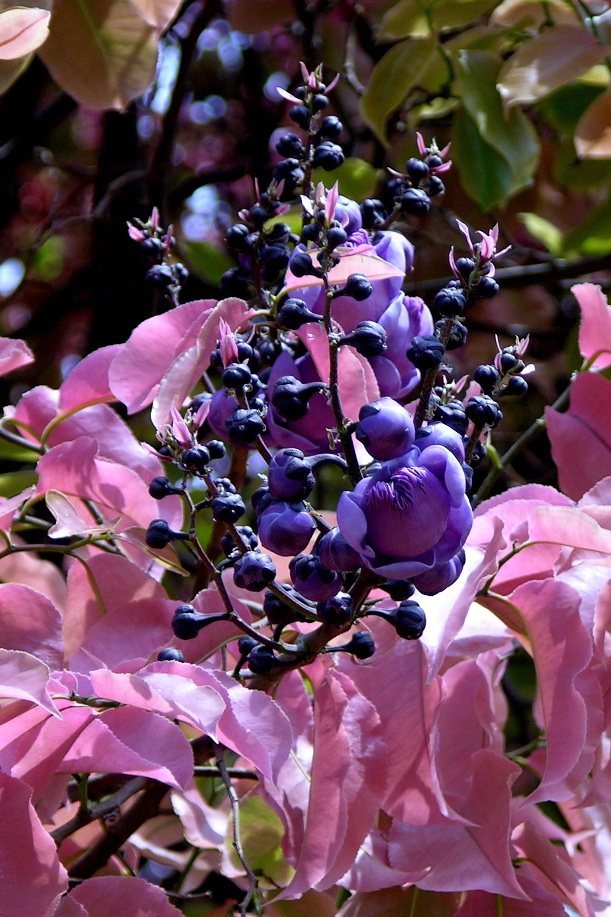
7. Sapucaia (Lecythis pisonis)
Known as the Monkey Pot tree, Sapucaia is famous for its unique, pot-shaped seed capsules that dangle from branches. Its woody fruit shells are often used for crafts and storage. The tree reaches 80-100 feet and produces beautiful white to lavender flowers, attracting bees and birds. Native to Brazil’s Atlantic forests, it’s ideal for tropical and subtropical gardens. Sapucaia’s towering stature, dense foliage, and unusual fruits make it a conversation starter and a magnificent ornamental feature.
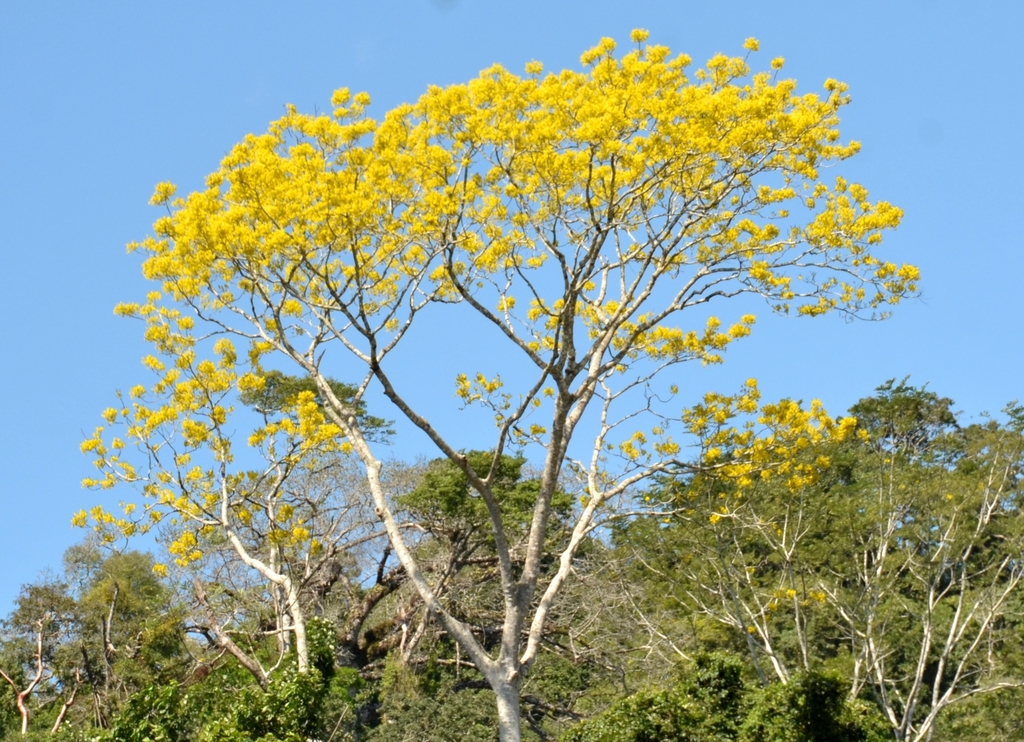
8. Paricá (Schizolobium amazonicum)
Paricá is a fast-growing Brazilian tree, often used in reforestation projects for its rapid development and lightweight, versatile wood. It can reach up to 100 feet in a short time, making it perfect for establishing a tropical woodland setting quickly. The tree produces clusters of bright yellow flowers and pinnate leaves that provide gentle, dappled shade. Its straight trunk and smooth bark add elegance to large garden landscapes, while its wood is popular for plywood and light construction.
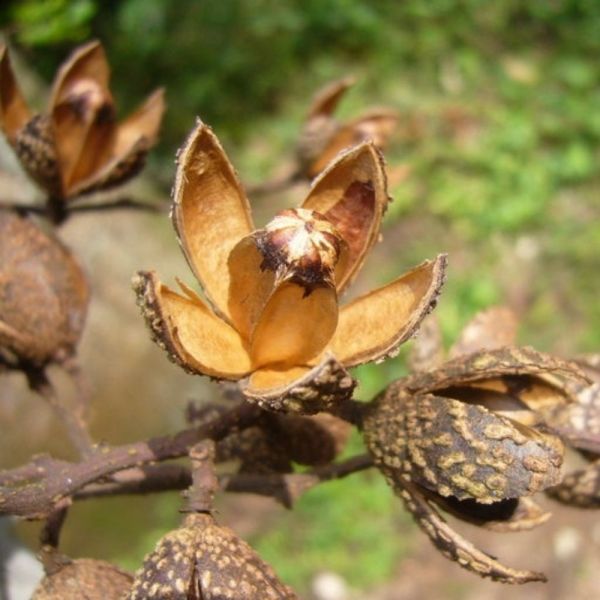
9. Cedro Rosa (Cedrela fissilis)
The Cedro Rosa, or Brazilian Cedar, is treasured for its fragrant, reddish timber, often used in fine carpentry and musical instruments. It reaches 50-70 feet and produces small, white flowers in loose clusters, followed by winged seeds. Thriving in tropical and subtropical climates, this tree’s aromatic wood and graceful foliage make it a highly ornamental addition. Its shade-providing canopy and subtle blooms create a peaceful, exotic ambiance in expansive gardens or forest-inspired landscapes.

10. Angico Vermelho (Anadenanthera peregrina)
Angico Vermelho is a striking Brazilian tree known for its dense, umbrella-shaped canopy and clusters of small, cream-colored flowers. It grows to about 50-80 feet and offers a broad crown of feathery leaves, creating cooling shade. The tree’s hard, reddish wood is used for furniture, while its bark holds traditional medicinal uses. Thriving in well-drained, sunny areas, it’s perfect for adding tropical drama to gardens. Its fast growth and resilience make it a reliable, eye-catching feature for exotic-themed outdoor spaces.
Conclusion
Brazilian wood plants offer more than just shade — they bring history, color, unique textures, and exotic charm to your garden. Whether you’re aiming for towering trees with vibrant blossoms or smaller ornamentals with medicinal lore, these ten species deliver both beauty and bold botanical character. Plant them to transform your green space into a lush, tropical paradise brimming with South American spirit!



